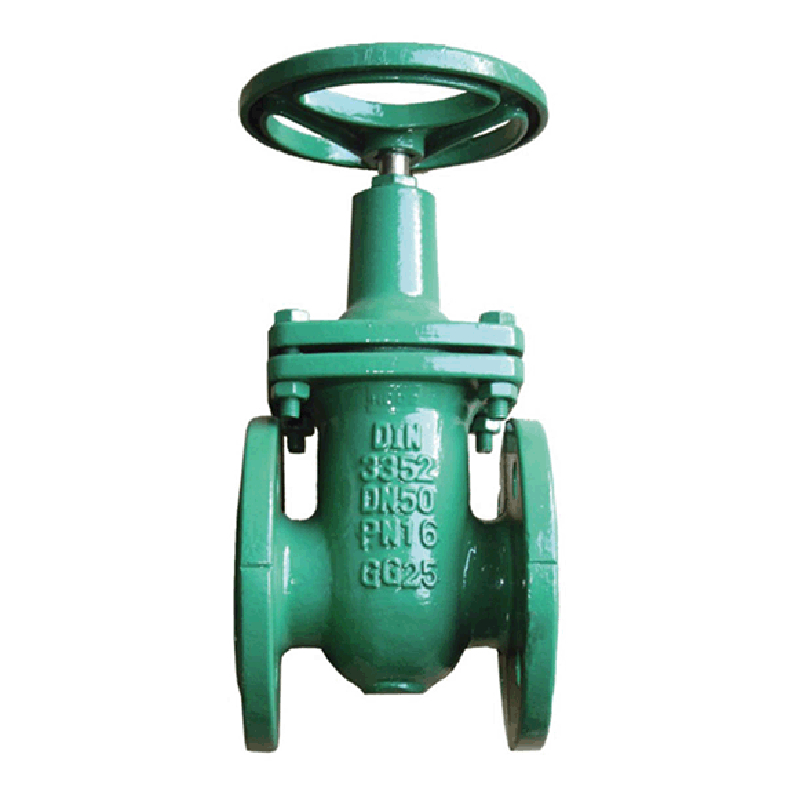Dec . 15, 2024 13:58 Back to list
Understanding the Functionality of Rubber Flapper Check Valves in Fluid Systems
The Rubber Flapper Check Valve A Comprehensive Overview
In the world of fluid dynamics, effective management of fluid flow is crucial for a plethora of applications, from industrial processes to residential plumbing systems. One essential component that facilitates this control is the check valve, and among the various types available, the rubber flapper check valve stands out for its unique characteristics and benefits.
Understanding Check Valves
Check valves are a type of valve designed to allow fluid to flow in one direction while preventing backflow. This one-way function is critical in preventing damage to equipment, maintaining system efficiency, and ensuring safety in various applications. Check valves can be designed using various mechanisms, with rubber flapper check valves being one of the most widely used types.
What Is a Rubber Flapper Check Valve?
A rubber flapper check valve is characterized by its flexible rubber disc or flapper that operates on a hinge or a pivot. When fluid flows in the intended direction, the flapper opens, allowing the fluid to pass through. However, if the flow attempts to reverse, the flapper automatically closes, sealing off the passage and stopping backflow. This simple yet effective design is favored in many fluid systems, especially in wastewater management, HVAC systems, and water supply applications.
Advantages of Rubber Flapper Check Valves
1. Flexibility and Sealing Efficiency The rubber material provides excellent sealing capabilities, ensuring minimal leakage and backflow when the valve is closed. This flexibility allows the flapper to conform to the valve seat, enhancing its sealing performance.
2. Resistance to Corrosion Rubber flapper check valves are highly resistant to corrosion, making them suitable for diverse environments, including those involving harsh chemicals or wastewater.
3. Low Maintenance These valves typically require minimal maintenance due to their simple design and reliable operation. Regular checks to ensure the flapper is free from debris are often sufficient to keep the valve functioning correctly.
4. Cost-Effectiveness Compared to other types of check valves, rubber flapper check valves are relatively inexpensive, making them an economical choice for many applications without compromising performance.
rubber flapper check valve

5. Ease of Installation Installation of rubber flapper check valves is straightforward, often requiring just a few straightforward steps. Their lightweight design also makes them easy to handle and install in various configurations.
Applications of Rubber Flapper Check Valves
Rubber flapper check valves find applications across many industries due to their versatility. Some of the most common applications include
- Wastewater Systems They are extensively used in sewage and wastewater treatment plants to prevent backflow from contaminated lines into clean areas.
- Aquaculture In fish farming and aquaculture systems, these valves help maintain water quality by preventing the reverse flow of treated water.
- HVAC Systems In heating, ventilation, and air conditioning systems, rubber flapper check valves help maintain efficient operation by preventing backflow in piping systems.
- Irrigation Systems They prevent flooding by stopping water from flowing back into supply lines, ensuring that irrigation systems function effectively.
Limitations and Considerations
While rubber flapper check valves offer numerous advantages, they are not without their limitations. For example, they may not perform well in high-pressure applications where the flapper might open inadvertently, leading to unintended backflow. Additionally, the lifespan of rubber components is affected by environmental factors like temperature and exposure to certain chemicals, which means selection must be careful for specific applications.
Conclusion
The rubber flapper check valve plays a vital role in various fluid management systems, offering an economical and efficient solution for preventing backflow. Its simple design, coupled with the resilience of rubber materials, makes it a popular choice across multiple industries. By understanding the functionalities and applications of this check valve, engineers and operators can enhance the reliability and efficiency of their fluid systems, ensuring optimal performance in both industrial and domestic settings. As industries continue to evolve, the importance of such versatile and efficient components remains crucial to managing the complex dynamics of fluid flow.
Share
-
Reliable Wafer Type Butterfly Valves for Every IndustryNewsJul.25,2025
-
Reliable Flow Control Begins with the Right Ball Check ValveNewsJul.25,2025
-
Precision Flow Control Starts with Quality ValvesNewsJul.25,2025
-
Industrial Flow Control ReliabilityNewsJul.25,2025
-
Engineered for Efficiency Gate Valves That Power Industrial PerformanceNewsJul.25,2025
-
Empowering Infrastructure Through Quality ManufacturingNewsJul.25,2025